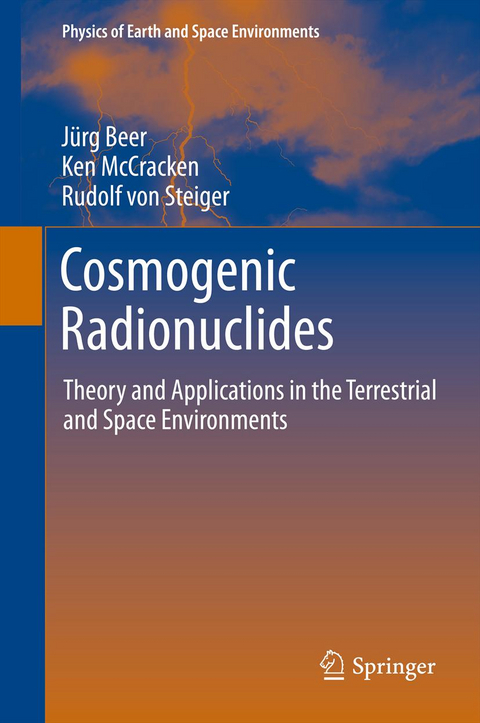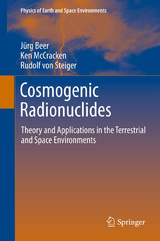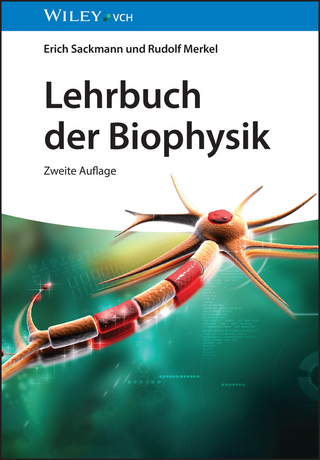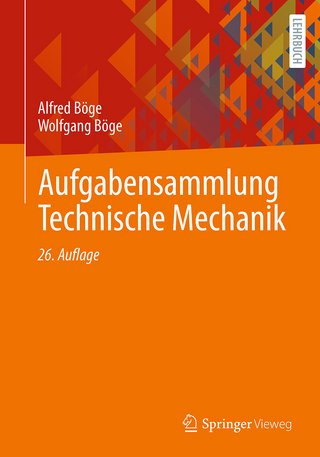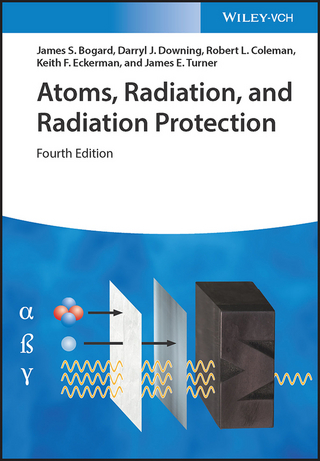Cosmogenic Radionuclides
Springer Berlin (Verlag)
978-3-642-14650-3 (ISBN)
Jürg Beer is a pioneer in cosmogenic radionuclides measured in polar ice cores. Rudolf von Steiger is director of the International Space science Institute in Bern. His research focusses on the Solar Wind. Ken McCracken is a pioneer in cosmic rays research and space research from early satellites.
Part 1 Introduction.- 1 Motivation.- 2 Goals, Outline.- 3 Tracers.- Part 2 Theory.- 4 Introduction.- 5 The Cosmic Radiation near Earth.- 6 Instrumental Measurements of the Cosmic Radiation.- 7 Time Variations of the Cosmic Radiation.- 8 The Solar Cosmic Radiation.- Part 3 Applications.- 9 Introduction.- 10 Production of Cosmogenic Radionuclides in the Atmosphere.- 11 Production of Cosmogenic Radionuclides in other Environmental Systems.- 12 Alternative Production Mechanisms.- 13 Transport and Deposition.- 14 Archives.- 15 Detection.- Part 4 Selected Applications of Cosmogenic radionuclides.- 16 Introduction.- 17 Solar Physics.- 18. Astronomy.- 19 Atmosphere.- 20 Hydrosphere.- 21 Geosphere.- 22 Biosphere.- 23 Dating.
| Erscheint lt. Verlag | 19.1.2012 |
|---|---|
| Reihe/Serie | Physics of Earth and Space Environments |
| Zusatzinfo | XVI, 428 p. |
| Verlagsort | Berlin |
| Sprache | englisch |
| Maße | 155 x 235 mm |
| Gewicht | 778 g |
| Themenwelt | Naturwissenschaften ► Physik / Astronomie ► Angewandte Physik |
| Naturwissenschaften ► Physik / Astronomie ► Astronomie / Astrophysik | |
| Technik ► Luft- / Raumfahrttechnik | |
| Schlagworte | biochemistry tracers • cosmic rays • cosmogenic radionuclides basics • cosmogenic radionuclides tools • ecotoxicology • environmental tracers • geochemistry tracers • radionuclide dating methods • space weather and environment |
| ISBN-10 | 3-642-14650-3 / 3642146503 |
| ISBN-13 | 978-3-642-14650-3 / 9783642146503 |
| Zustand | Neuware |
| Informationen gemäß Produktsicherheitsverordnung (GPSR) | |
| Haben Sie eine Frage zum Produkt? |
aus dem Bereich
